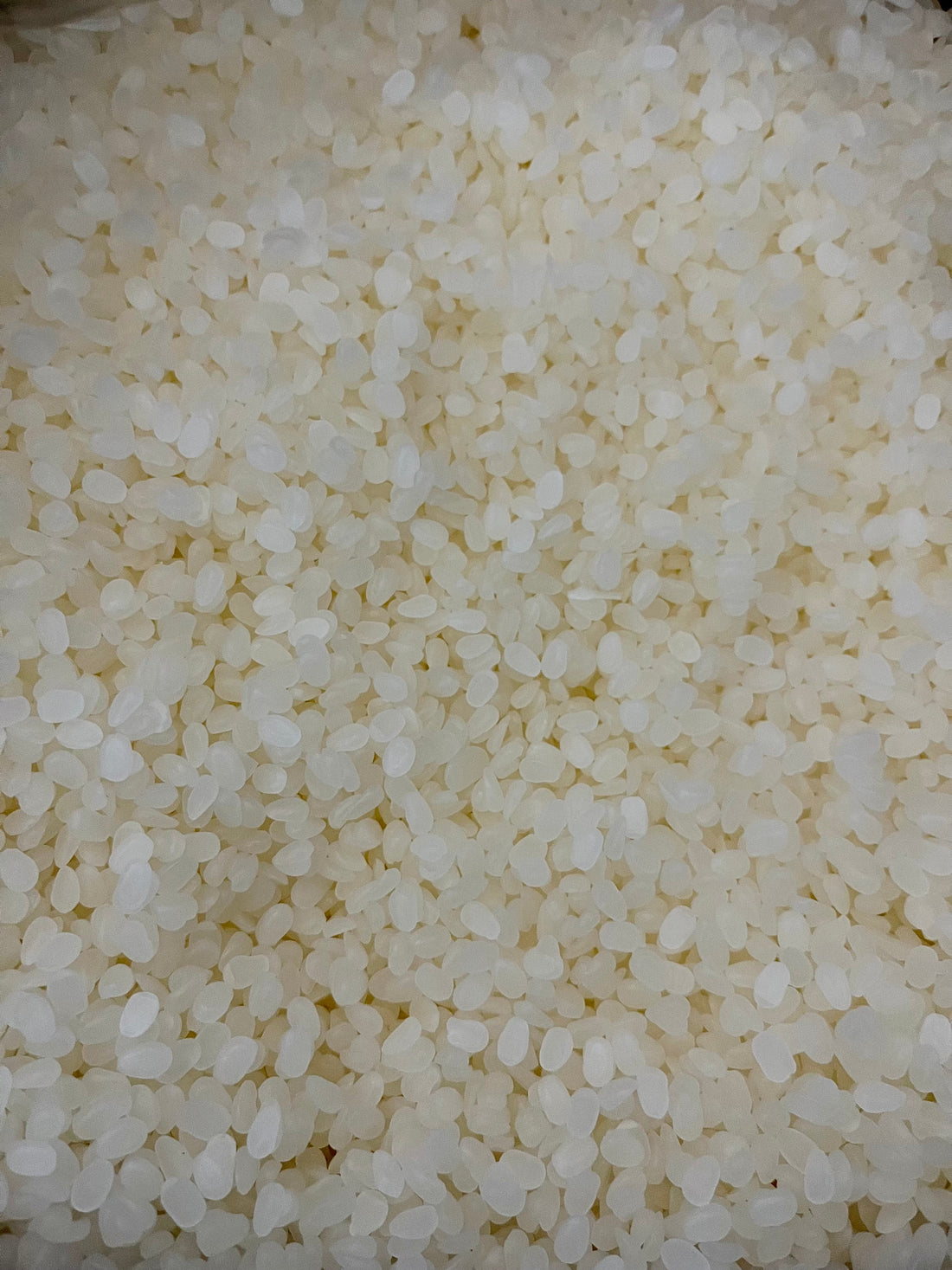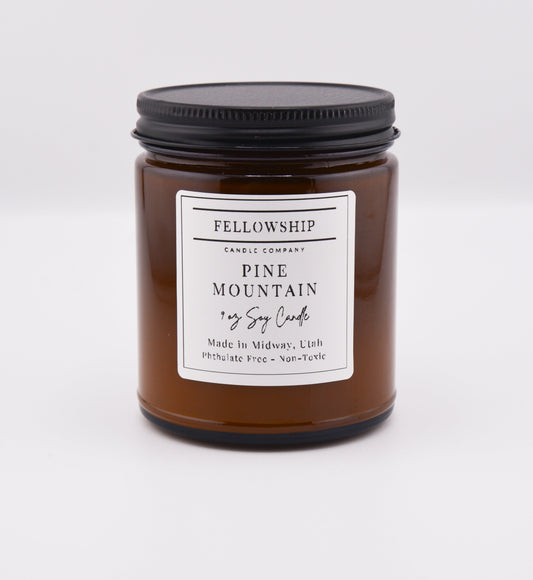
Which Candle Wax Is Right For You
Share
Candle Wax Types
Candles have long been a beloved way to enhance ambiance, evoke relaxation, and add fragrance to any space. However, the wax used in candles often goes unnoticed despite being crucial to both the candle’s performance and its environmental impact. While paraffin wax has traditionally been the most common wax used in candle-making, natural alternatives like soy, beeswax, and coconut wax are becoming increasingly popular for their cleaner burns and eco-friendly properties. In this article, we’ll explore the benefits and potential risks of different candle wax types, particularly focusing on their toxicity levels and the impact they have on indoor air quality.
Paraffin Wax: The Traditional Choice with Hidden Risks
Paraffin wax, derived from petroleum, has been the go-to for candle manufacturers for decades. While it remains the most affordable and widely available option, there are some drawbacks to consider:
Toxins Released: When burned, paraffin wax releases harmful chemicals into the air, including toluene and benzene, both of which are known carcinogens. These toxins can pose a risk to respiratory health, especially in poorly ventilated spaces.
Soot Production: Paraffin candles tend to produce a significant amount of soot, which can not only stain walls and furniture but can also be inhaled into the lungs, contributing to potential long-term respiratory issues.
Non-Renewable Resource: As a byproduct of petroleum refining, paraffin wax is derived from non-renewable resources, making it a less sustainable option in the long run.
Soy Wax: The Eco-Friendly Alternative
Soy wax, derived from the oil of soybeans, is a popular and eco-friendly choice for many candle enthusiasts. At Fellowship Candle Co we offer many natural soy wax candles. Here’s why soy wax is often seen as the better option:
Cleaner Burn: Soy wax burns cleaner than paraffin, producing little to no soot. It is a non-toxic option, making it safe to burn indoors, especially for those with respiratory concerns or allergies.
Biodegradable: Unlike paraffin, which can be challenging to clean up, soy wax is biodegradable and can be washed off surfaces with just soap and water.
Renewable Resource: Soybeans are a renewable resource, and growing them absorbs carbon dioxide from the atmosphere, which helps reduce the overall carbon footprint of soy wax production.
Longer Burn Time: Soy wax burns at a lower temperature, leading to a slower and more even burn. This means your candles last longer, offering more hours of enjoyment.
Beeswax: The All-Natural Powerhouse
Beeswax, one of the oldest known candle materials, is a natural and sustainable option that comes with a range of benefits. Here’s why beeswax candles are considered a healthier choice:
Air-Purifying Qualities: Beeswax releases negative ions when burned, which help to purify the air by neutralizing pollutants like dust, pollen, and other allergens. This makes beeswax an excellent choice for individuals suffering from asthma or allergies.
Non-Toxic: Beeswax is a natural substance free from harmful chemicals. When burned, it doesn’t release the toxic fumes commonly associated with paraffin candles, making it a safer alternative for your health.
Long Burn Time and Natural Fragrance: Beeswax burns slowly and efficiently, offering a longer-lasting burn. It also emits a subtle honey-like fragrance, which adds a warm, natural aroma to the room without needing artificial scents.
Sustainability: Beeswax is a renewable resource, but it’s important to source it responsibly. Ethical beekeepers ensure that bees are not harmed during the harvesting process, which supports the health of local bee populations.
Coconut Wax: A Luxurious and Eco-Conscious Choice
Coconut wax is a newer addition to the candle-making world, and it’s gaining popularity for its rich, luxurious qualities and environmental benefits:
Non-Toxic and Clean Burn: Like soy and beeswax, coconut wax burns cleanly and doesn’t produce harmful toxins. It also produces little to no soot, making it ideal for people concerned about air quality and health.
Sustainable and Renewable: Derived from coconut oil, coconut wax is a renewable resource. Coconut trees require minimal water and fertilizers to grow, making coconut wax a more sustainable option than many other natural waxes.
Soft, Creamy Texture: Coconut wax is soft and creamy, making it perfect for creating smooth, high-quality candles. It has a low melting point, which contributes to an even, slow burn.
Palm Wax: A Sustainable Option with a Beautiful Finish
Palm wax is derived from the oil of palm trees and is another natural alternative to paraffin. Here’s why it’s an appealing choice for some candle lovers:
Unique Crystalline Texture: Palm wax has a unique crystalline structure that gives it an elegant, textured appearance when solidified. This makes it a popular choice for decorative candles.
Sustainably Sourced: When sourced from certified sustainable palm oil plantations, palm wax can be an eco-friendly option. However, it’s important to ensure that the palm oil comes from companies committed to reducing deforestation and promoting ethical practices.
Longer Burn Time: Palm wax has a higher melting point, which allows it to burn slowly and last longer, making it more efficient than paraffin candles.
Comparing Natural vs. Synthetic Wax
While paraffin wax continues to dominate the market, natural waxes such as soy, beeswax, coconut, and palm are emerging as healthier alternatives. Paraffin, being a byproduct of petroleum refining, releases toxic chemicals when burned, which can contribute to indoor air pollution and health risks. In contrast, natural waxes are made from renewable resources and provide a cleaner, more sustainable burn. While natural wax candles may cost more, their benefits—cleaner air, longer burn time, and fewer harmful chemicals—make them a worthwhile investment for health-conscious and environmentally aware consumers.
Candle Wax Matters
Choosing the right candle wax is not just about aesthetics and fragrance but also about the impact it has on your health and the environment. While paraffin wax is still widely used, natural alternatives like soy, beeswax, coconut, and palm wax are superior options that offer a cleaner, non-toxic burn, as well as a more sustainable, eco-friendly choice. By switching to natural wax candles, you’re making a positive decision for your health, your home, and the planet.



